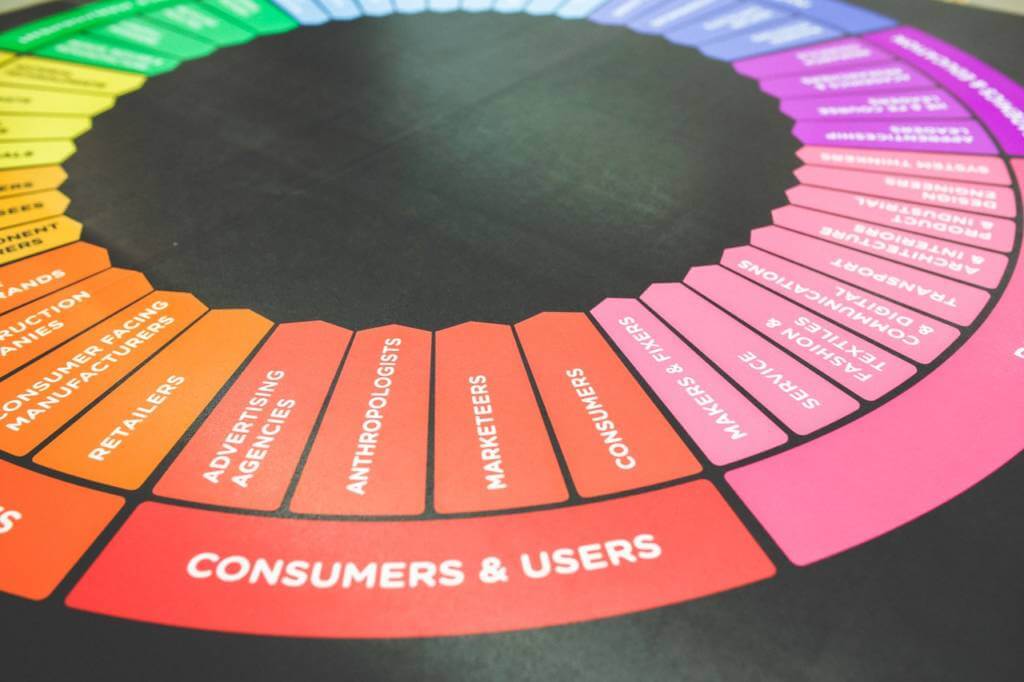Having a major corporate as an anchor has certainly created an entire industry around payables and financing structures, but what are the big opportunities to support mid-market and SMEs looking at cross-border payables?
UK Buyers and International Suppliers – Examining Major Arbitrage Opportunities
Tim Nicolle, CEO of Primadollar provides supply chain finance from the supplier (rather than buyer side), interesting proposition, yes!
PrimaDollar works shipment by shipment – paying exporters at shipment, working globally with mid-cap buyers in around 22 countries.
Robert Parson, Partner at Clyde and Co, supports buyer led schemes at the mid-market.
One of the recent government moves in the UK finally led provisions for receivables to open up access for SMEs, the political backdrop for this was that SMEs and large corporates get hold of their money so differently. Amongst SMEs, some £20bn worth of receivables is accessed, versus £150bn worth of receivables is accessed from larger companies. Why is there this disparity?
The idea of being able to implement a buyer led programme downstream is attractive, but there are some complications:
- Debt capacity
- Interest rate differences between buyer and seller offers
- Business needing SCF solutions in the global corporate space are different to businesses in the mid-cap space
- In the Investment grade corporate space there are many different types of funding available: revolving credit facilities, receivables, PE, bonds, whereas in the mid-cap space, it’s about access to liquidity.
What are the pain points?
1. Inefficiencies
There are many pain points in trade and supply chain finance. Pain points include inefficiencies in banks, antiquated processes and out of date systems. Banks have had business models changed over recent years driven by pressure to reduce costs, increase transparency, better customer experience.
2. Technology
The technology that’s being built around distributed technology or blockchain whereby permission to parties involved can see the underlying data, done in a regulated and conventional way. Currently, there are issues around localisation, trust and cross-border issues. Pulling data out of ERP systems such as SAP are continual real-time processes to help understand the state of an asset. This creates confidence around the truth of where the asset is held at any one time.
3. Customer Experience
Customer experience is key to supply chain finance. The amount of paper being used, manual steps, lack of security cause concern with customers, so finding ways of pulling data through ERPs, reducing times and improving customer experience are key to success.
4. Cost Saving
Cost saving is also an opportunity – as we are in a fairly stagnant phase of economic growth, return on equity is generally low, so reducing their bottom line and cost base is important, whereas maintaining old infrastructure to keep things ticking over is often expensive. The ability to cost out the saving in booking trade and transactions, or delivering efficiencies is important, as it means companies could yield good returns on investment and a sizeable opportunity in technology investment.
Supplier side supply chain finance
Mid-cap companies sit in the middle of a supply chain; both from a buyer and seller side. By looking at the end to end trade cycle, looking at the reverse factoring supply chain facility could be a consideration.
Suppliers to major corporates or mid caps that are offering a supply chain finance programme to offset extended payment terms shouldn’t rely on banks uncommitted terms but assess the creditworthiness of the end buyer. They would have brought raw materials, warehouses of stock, or goods on a vessel. Keeping control of the goods for as long as possible is important, and suppliers will often face the two-way challenge of this, and also standing up to banks that are funding them, in case of default, on pre-shipment repayments.
In the UK or Europe, it’s often easy to find mid-cap buyers looking to extend or provide finance to their suppliers. However, the long tail list of suppliers, supplier onboarding processes, AML process is one of the largest challenges affecting trade markets.
We talk about the ‘just in time’ supply chain, but it’s the ‘just in time’ finance train that holds a lot of attraction for parties at the lower end of the market. This hunger and need is important and has a lot of potentials.
There are a lot of signs we’ll have an economic recession soon. The hunger for giving out finance lines is likely to diminish as we see signs of a reversal in economic markets, driven by a huge growth, inflation in the availability of finance, house prices increasing uncontrollably. Cautious about this.
What about Asia?
Hearing from Singapore’s BCR Supply Chain Finance Forum, as an overall view of Supply Chain Finance, as China’s manufacturing output reduces heavily, the US and Europe are often considered as the markets of the past, presenting other geographical opportunities for SCF, irrespective of the buyer or seller led model.
Even though there’s a hiccup in China right now, the intra trade routes and market such as OBOR are opening up new frontier markets and intra Asia trade may well open up new opportunities and markets moving forward.
Find out more about Supply Chain Finance and what Trade Finance Global can do to help assist your SCF needs here.
 Australia
Australia Hong Kong
Hong Kong Japan
Japan Singapore
Singapore United Arab Emirates
United Arab Emirates United States
United States France
France Germany
Germany Ireland
Ireland Netherlands
Netherlands United Kingdom
United Kingdom







